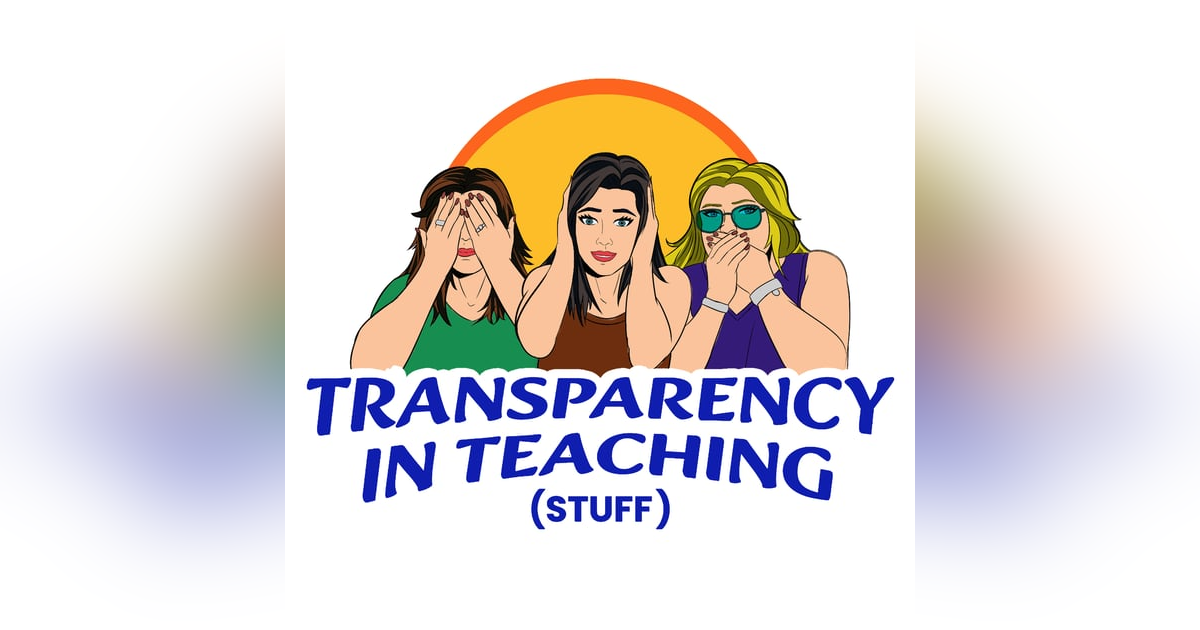062 Fix Public Schools By Fixing the Public First

In today's episode, Jen and I solve the problem with schools, and spoiler alert! It's not the schools! It's the people who attend them. More specifically, the economic status of the neighborhoods and the people who have to live in them. It's just a plain fact that students from lower-income and impoverished communities have worse educational outcomes than their more economically stable counterparts. If you want schools to improve, stop blaming the schools and start working to improve the lives of the people who attend them!
Here's how we break this all down in this episode:
Literacy Rates and Historical Comparisons:
We explored the misconception that literacy rates were higher in the past, noting that past statistics were often self-reported and not as rigorous as today's assessments.
Current literacy rates show that 79% of adults have basic literacy, but half read below a sixth-grade level.
Impact of Poverty on Education:
We discussed how poverty significantly impacts literacy and overall educational outcomes.
Comparing states like New Hampshire and New Mexico, we highlighted how environmental factors, funding, and socio-economic conditions contribute to educational disparities.
School Funding Disparities:
The episode delved into how school funding is largely dependent on local property taxes, leading to significant inequities between wealthy and impoverished districts.
Examples from New York and Idaho illustrated the vast differences in per-pupil spending.
Systemic Issues and Policy Failures:
We examined how systemic and legal frameworks in different states either support or hinder educational success.
The lack of robust policies in states like New Mexico contrasts sharply with the strong legal obligations in New Hampshire to provide equitable education.
The Cost of Illiteracy:
Illiteracy costs the U.S. economy up to $2.2 trillion annually in lost productivity and increased public assistance needs.
Improving literacy rates could significantly boost the GDP and reduce public costs.
Potential Solutions and Innovations:
We discussed the potential of AI in education, suggesting that AI could handle basic learning while teachers focus on social skills and higher-order thinking.
However, we acknowledged the importance of human connection and the role of teachers as mentors and role models.
Challenges with Technology and Social Media:
The pervasive use of smartphones and social media among students poses significant challenges to their focus and learning.
We noted the resistance from parents when schools attempt to limit phone usage, highlighting another external factor beyond teachers' control.
In conclusion, this episode emphasized that while schools and teachers play a crucial role in education, many factors affecting student success lie outside the classroom. Addressing issues like poverty, funding inequities, and systemic barriers is essential for meaningful improvement in education. We called for a broader focus on these external factors to create a more equitable and effective educational system.